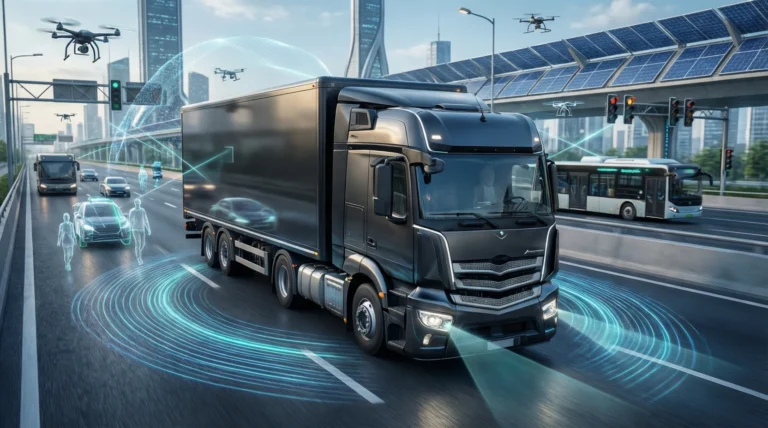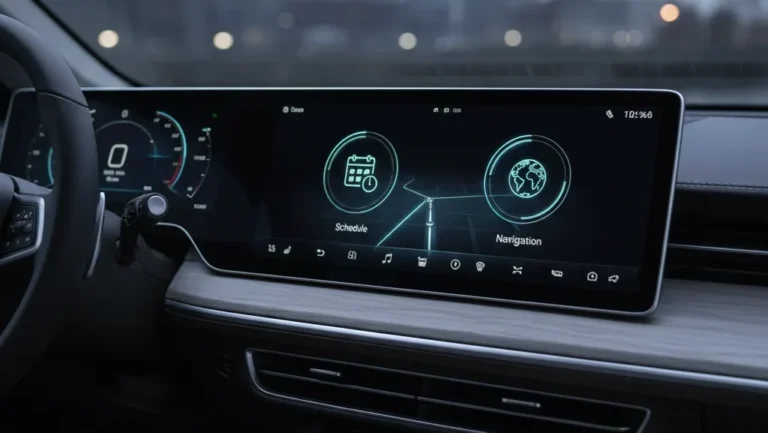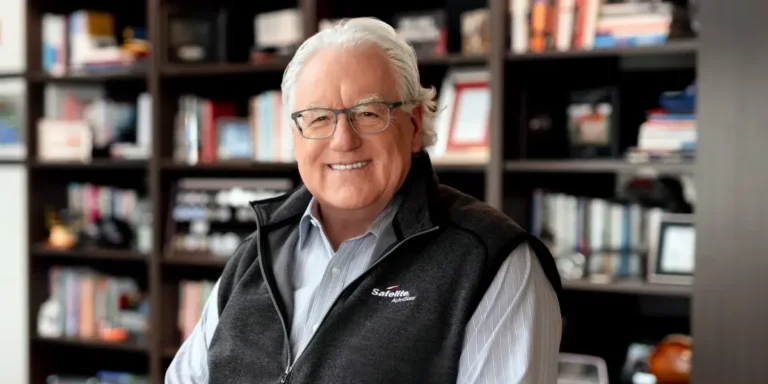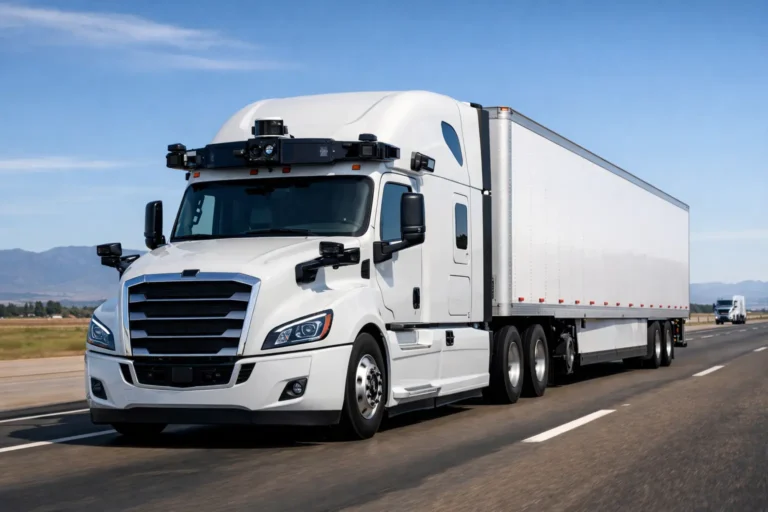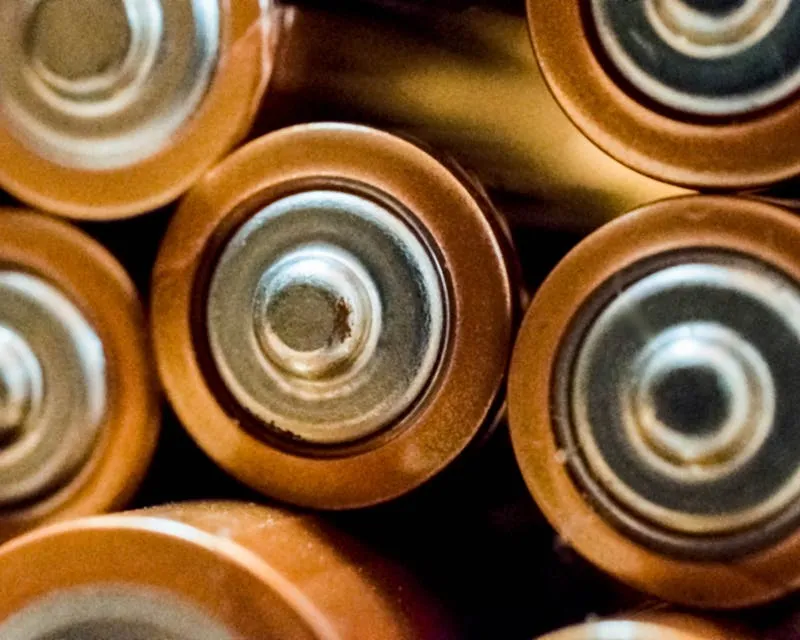
Nissan’s Americas Headquarters in Franklin, Tennessee, is taking a significant step toward sustainability by integrating two second-life battery systems to reduce building power consumption and extend the lifecycle of electric vehicle batteries. This initiative aligns with Nissan’s broader sustainability objectives, focusing on maximizing the use of repurposed and recycled materials while minimizing waste. The Battery Energy Storage Solution (BESS) project is being managed in partnership with Middle Tennessee Electric, 7 States Power Corp., and the University of Tennessee-Oak Ridge Innovation Institute. It repurposes Nissan LEAF batteries to store energy, which is then used during peak demand times, while the batteries are charged during off-peak periods.
This process, known as “energy peak shaving,” can be compared to collecting rainwater for use during a drought.
The project utilizes two battery installations housed in containers. One uses 40kWh LEAF battery packs with a capacity of 500 kilowatt-hours (kWh), while the other uses LEAF modules with a total energy capacity of one megawatt-hour. Collectively, these installations contain batteries from 50-60 Nissan LEAF vehicles, all of which were collected after being replaced during service.
Adapting to Variable Energy Demands
Electricity usage in office buildings fluctuates throughout the day. Chris Goddard, regional energy and environmental manager at Nissan, explained that energy demand at Nissan Americas Headquarters peaks twice a day depending on the season. In winter, demand spikes in the morning when employees arrive, and electric heating is required. In summer, the peak occurs in the late afternoon when air conditioning is at its highest use.
During these peak times, the BESS project can provide stored energy, reducing reliance on the grid. Overnight charging of the batteries, when surplus power is more affordable and environmentally friendly, also decreases dependence on carbon-intensive generators during high-demand periods.
Though the Middle Tennessee region doesn’t face steep demand charges like coastal areas, this project explores how demand reduction can translate into cost savings and carbon footprint reductions. Nissan expects the BESS project to reduce the building’s annual carbon dioxide (CO2) emissions by 3.7 tons, contributing to the company’s global efforts to cut emissions.
Exploring Future Opportunities
In collaboration with Middle Tennessee Electric, the team will also assess opportunities for Demand Response (DR) programs, which involve adjusting energy use during peak times in exchange for financial incentives.
Goddard emphasized that a unique aspect of this project is the use of second-life battery packs and modules, each with varying states of health (SOH). The challenge lies in managing these batteries to ensure they operate efficiently together despite their differing conditions and capacities.
“This project is about more than just technology — it’s about rethinking how we use resources to build a more sustainable future,” said Goddard. “We’re not just powering a building, we’re powering a vision of what’s possible.”
The performance of the two battery installations will be monitored closely for at least a year, as the team gathers data to assess their effectiveness.


